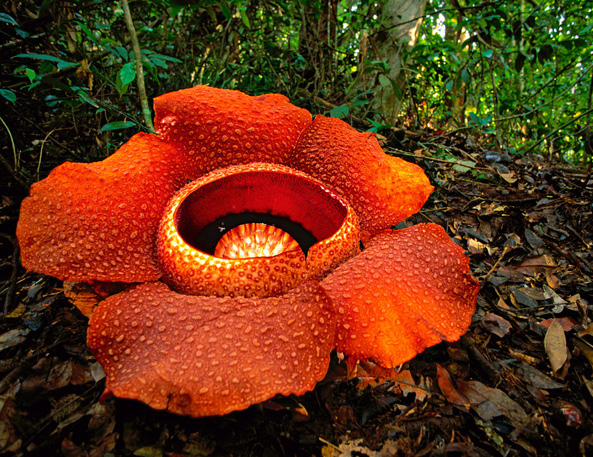Palawan is one of the most important ecological areas of the Philippines. It was recognized in 2013 as one of the world’s most irreplaceable sites, given the unique and threatened wildlife. It is internationally known as a UNESCO Biosphere Reserve, according to Centre for Sustainability Philippines.
Palawan is also home to the Puerto Princesa Subterranean River National Park – which is also known as the Puerto Princesa Underground River. This natural wonder was, befittingly, declared one of the New 7 Wonders of Nature, according to a 2016 press release by Lindsay Renick Mayer for Global Wildlife Conservation.

However, this does not mean that Palawan is safe from ecological problems. In 2015, for example, government officials saved more than 4,000 freshwater turtles that were going to be sold either as pets, or as food.
Something had to be done, and that is where Cleopatra’s Needle Habitat comes in.
Enter the needle
Cleopatra’s Needle Critical Habitat, or CNCH for short, is also known as the Cleopatra’s Needle Forest Reserve (CNFR). It is one of the oldest and most diverse forests in the country, and is an important home to many endemic species. The ecological and environmental importance of the area is the reason it was declared a critical habitat for specific animal species, reported Keith Anthony Fabro in a 2016 news article for Rappler.
Cleopatra’s Needle is in Puerto Princesa, Palawan. Barangay Tanabag is a jump-off point for those who wish to scale it. However, make sure to visit the Centre for Sustainability office in Barangay Sta. Monica to be properly oriented.
The CNCH was classified as a critical habitat on November 18, 2016. More than 40,000 hectares of critical habitat was approved by the Palawan Council for Sustainable Development, or the PCSD.
What is a critical habitat?
A critical habitat is usually a land area that is home to threatened or endemic species, according to a 2017 article written by Cheenee Otarra for Taste Company. However, these areas are special in that they only focus on a few species, sometimes only one.

For example, the critical habitat for the Philippine Duck comes out as 178 hectares, and the one for the endangered plant, the Rafflessia flower, is only about 16 hectares in size. The CNCH, therefore, is one of the largest critical habitats in the Philippines. The runner-up only has 6,000 hectares, the Carmen Critical Habitat for Marine Turtles, reported Shreya Dasgupta in a 2017 article for Mongabay.
What is an endemic species?
An endemic species is an animal or plant that can live in only one geographical area, according to Encyclopedia.com. In some cases, the species is particular to a specific continent or to some part of the continent. Such a species can also be specific to a particular island.
Geographical areas that have an endemic species are usually isolated in one way or another. This makes an endemic species either highly developed specifically for that one place or incapable of adapting well to other areas.
This appeared in Animal Scene magazine’s December 2018 issue.



